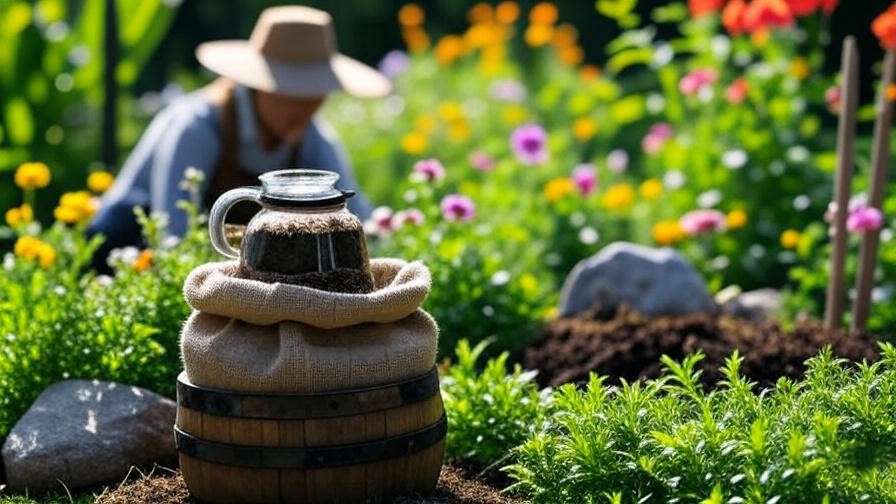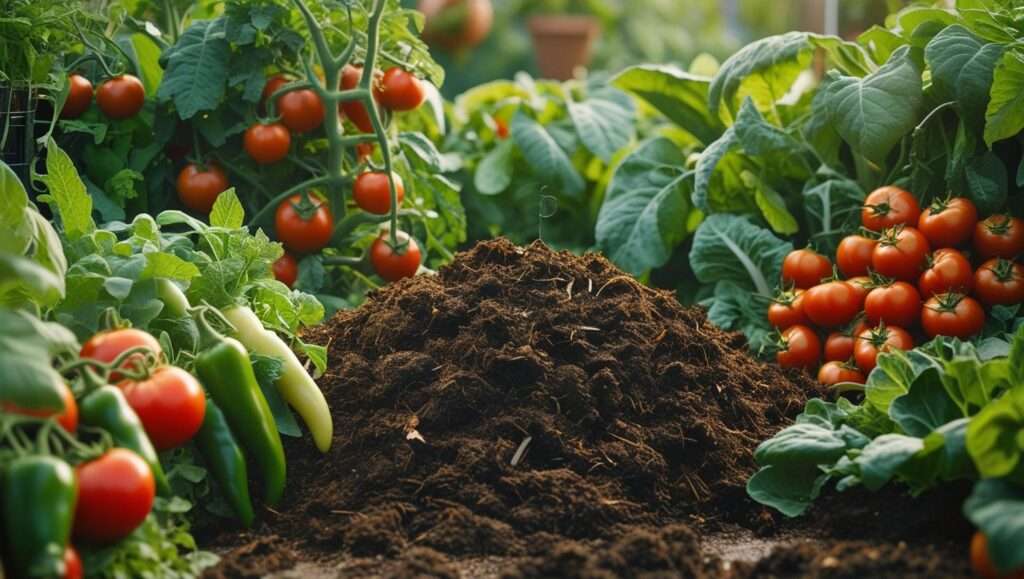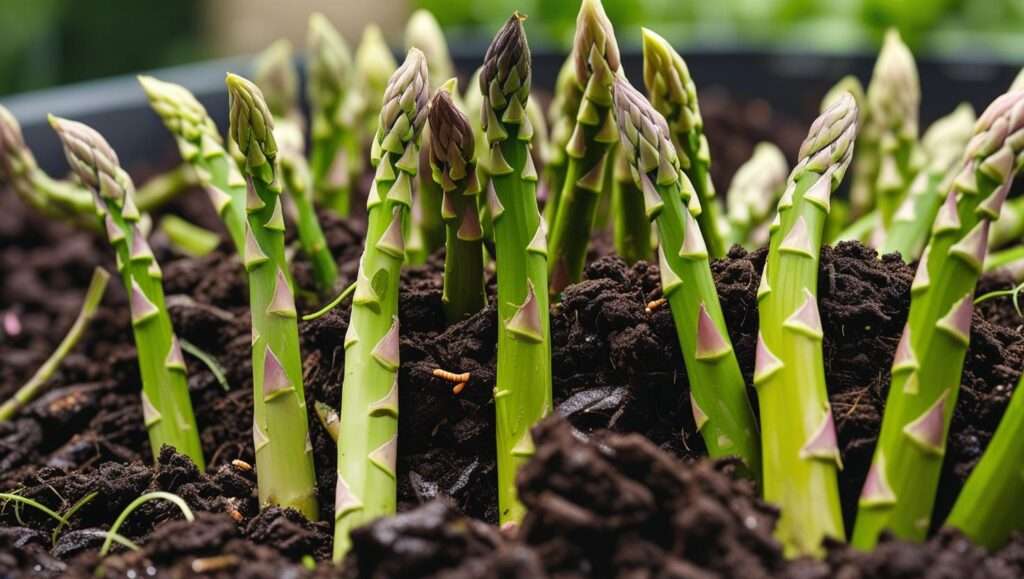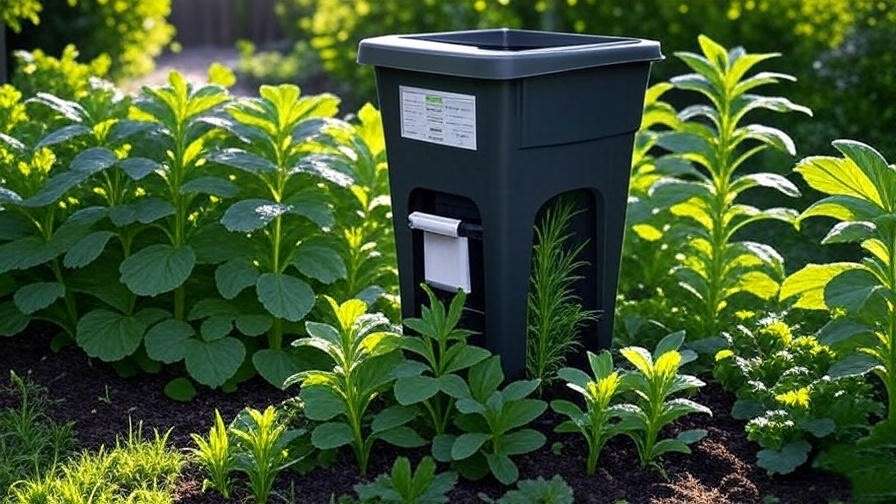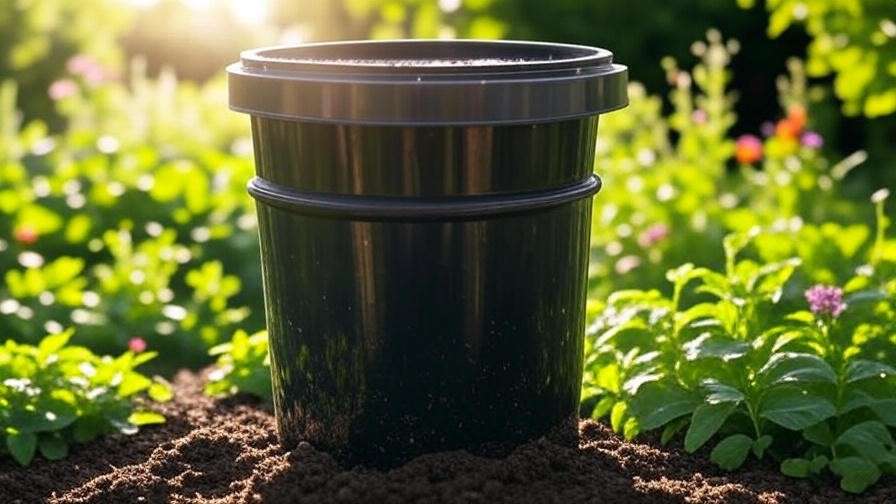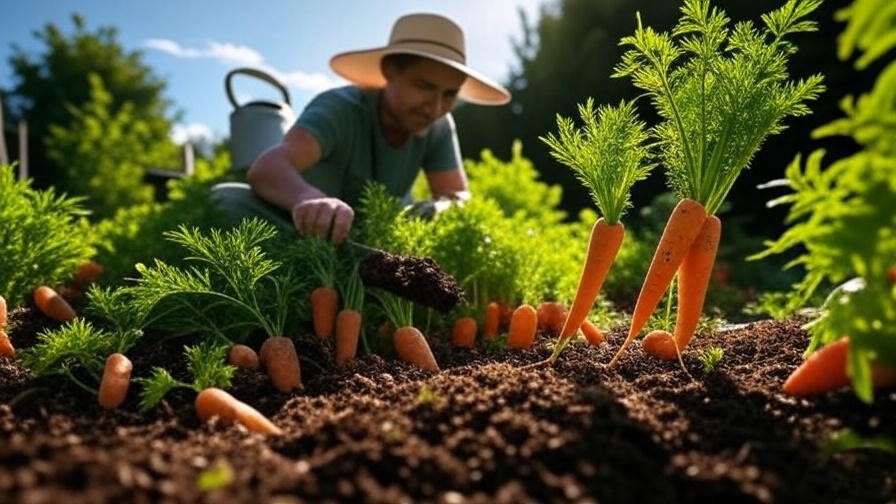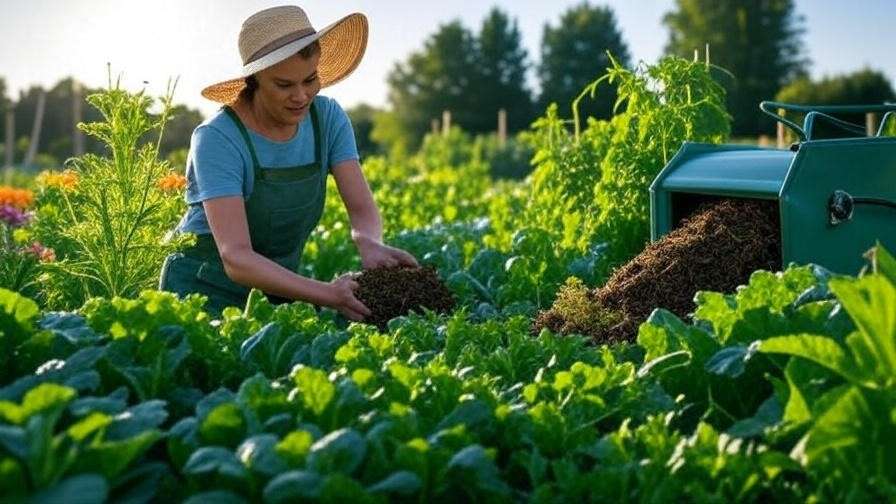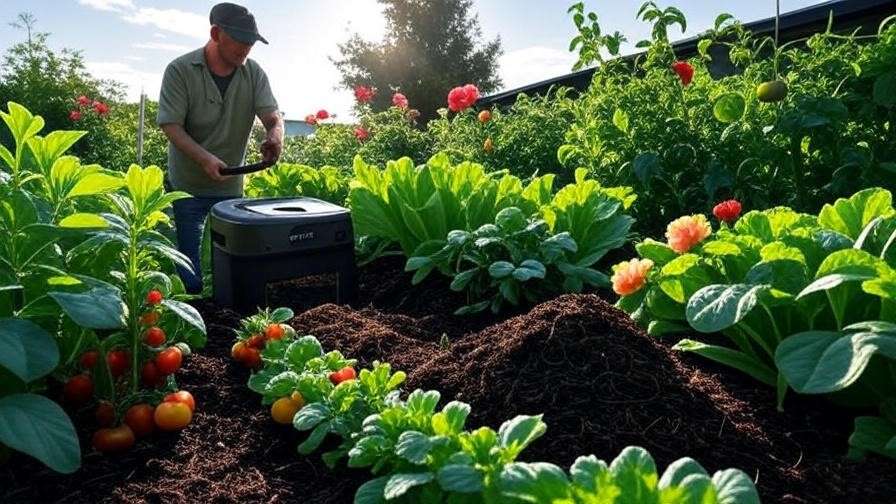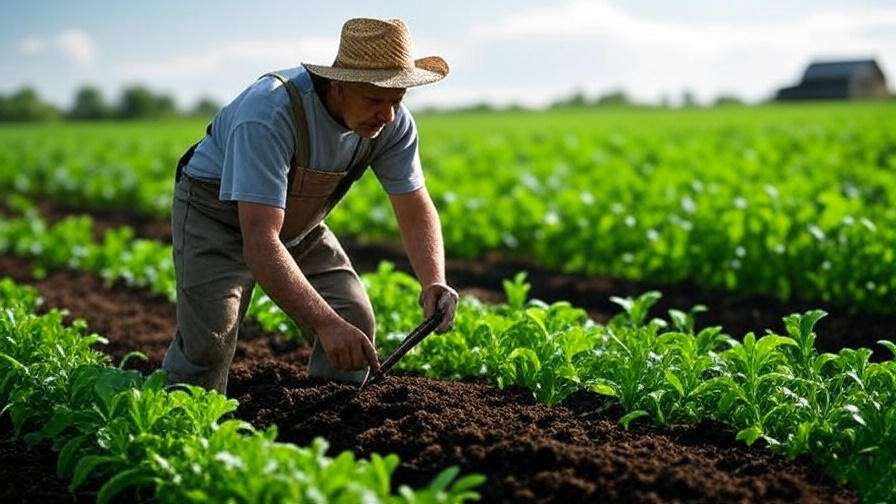Imagine stepping into your garden to find vibrant tomatoes bursting with flavor, roses blooming with unmatched vibrancy, and a lawn so lush it feels like a carpet underfoot. The secret? A simple, organic elixir called compost tea. This nutrient-packed liquid transforms struggling plants into thriving ones, naturally boosting soil health and plant vitality without harmful chemicals. As an organic gardening expert with over a decade of experience and certifications in sustainable agriculture, I’ve seen compost tea work wonders in gardens worldwide. In this comprehensive guide, you’ll discover a foolproof compost tea recipe, step-by-step brewing instructions, application tips, and expert insights to elevate your garden to its fullest potential. Whether you’re a novice gardener or a seasoned grower, this article will empower you to harness the power of compost tea for a healthier, more sustainable garden.
What Is Compost Tea and Why Should You Use It?
Defining Compost Tea
Compost tea is a liquid solution derived from steeping high-quality compost in water, often with added microbial food sources like molasses. This process extracts beneficial microorganisms, nutrients, and organic matter, creating a potent elixir that nourishes plants and soil. There are two main types: aerated compost tea (ACT), which uses an air pump to promote microbial growth, and non-aerated compost tea, a simpler method that relies on passive steeping. Both deliver remarkable benefits, but aerated tea is often preferred for its higher microbial activity.
Benefits for Your Garden
Compost tea is a game-changer for organic gardeners. It enriches soil with beneficial bacteria, fungi, and protozoa, fostering a thriving microbial ecosystem that supports plant growth. According to a 2019 study by the University of California Agriculture and Natural Resources, compost tea can increase nutrient uptake by up to 30%, leading to stronger, healthier plants. It also improves soil structure, enhances water retention, and acts as a natural deterrent against pests and diseases like powdery mildew. By reducing reliance on synthetic fertilizers, compost tea promotes sustainable gardening while minimizing environmental impact.
Scientific Backing
Research supports compost tea’s efficacy. A 2020 study published in Soil Biology and Biochemistry found that aerated compost tea significantly boosts microbial diversity in soil, leading to improved plant resilience. Dr. Elaine Ingham, a renowned soil microbiologist, emphasizes that “compost tea introduces a living workforce to your soil, helping plants access nutrients more efficiently.” These findings underscore why compost tea is a staple in organic farming and home gardening.
Real-World Example: Take Sarah, a backyard gardener in Oregon. Her tomato plants were wilting despite regular watering. After applying compost tea biweekly, she noticed vigorous growth and a bumper crop within two months—a testament to its transformative power.
Ingredients for the Perfect Compost Tea Recipe
Choosing High-Quality Compost
The foundation of any great compost tea recipe is high-quality compost. Opt for well-aged, organic compost made from a mix of food scraps, yard clippings, and manure. Avoid compost with chemical residues or unprocessed materials, as these can introduce harmful pathogens. If possible, make your own compost using a balanced carbon-to-nitrogen ratio (30:1) to ensure a rich microbial profile. Local garden centers or organic farms are excellent sources for quality compost if you’re not composting at home.
Essential Additives
To supercharge your compost tea, add microbial food sources like unsulfured molasses, which feeds beneficial bacteria and fungi. A tablespoon per gallon of water is sufficient. Optional additives like liquid kelp, fish emulsion, or humic acid can enhance nutrient content, but use them sparingly to avoid overfeeding microbes. These ingredients ensure your tea is teeming with life, ready to nourish your garden.
Equipment You’ll Need
For aerated compost tea, you’ll need:
- A 5-gallon bucket (food-grade, clean).
- An aquarium air pump with tubing and airstones for aeration.
- A mesh bag (like a paint strainer) to hold compost.
- Non-chlorinated water (rainwater or dechlorinated tap water).
For non-aerated tea, a bucket and mesh bag suffice. Always use clean equipment to prevent contamination.
Checklist for Beginners:
- High-quality compost
- Unsulfured molasses
- Non-chlorinated water
- Air pump (for aerated tea)
- Mesh bag or strainer
Step-by-Step Compost Tea Recipe

Preparing Your Setup
Start by thoroughly cleaning your bucket, air pump, and tubing to eliminate any contaminants. Sterilize with a mild hydrogen peroxide solution if needed. Set up your air pump by attaching airstones to the tubing and placing them at the bottom of the bucket. This ensures even oxygen distribution, critical for microbial growth.
The Brewing Process
Follow these steps for aerated compost tea:
- Fill the Bucket: Pour 4 gallons of non-chlorinated water into the bucket. If using tap water, let it sit for 24 hours to dechlorinate or bubble air through it for an hour to remove chlorine.
- Add Compost: Place 1–2 cups of high-quality compost in a mesh bag and submerge it in the water.
- Add Microbial Food: Mix in 1–2 tablespoons of unsulfured molasses to feed microbes.
- Aerate: Turn on the air pump and let the mixture brew for 24–36 hours at 65–75°F (18–24°C). Check for a sweet, earthy smell and small bubbles, indicating active microbial growth.
- Strain and Use: Remove the compost bag and strain the tea if needed. Use within 4–6 hours for maximum potency.
Non-Aerated Compost Tea Option
For a simpler method, skip the air pump. Submerge the compost bag in water, add molasses, and stir daily for 3–5 days. While less microbially active, non-aerated tea is still effective for small gardens. However, it carries a higher risk of anaerobic conditions, so monitor for foul odors.
Visual Guide: A healthy brew is dark brown, smells earthy, and shows fine bubbles (for aerated tea). If it smells sour or putrid, discard it and start over.
How to Apply Compost Tea for Maximum Results

Application Methods
Compost tea can be applied in two ways:
- Soil Drench: Pour directly around the base of plants to enrich the root zone. Use 1–2 gallons per 100 square feet of garden space.
- Foliar Spray: Mist leaves using a clean sprayer to prevent fungal diseases. Dilute with water (1:10 ratio) for sensitive plants.
Apply in the early morning or late afternoon to avoid leaf burn and maximize absorption.
Frequency and Dosage
Apply compost tea every 1–2 weeks during the growing season. Vegetables and annual flowers benefit from frequent applications, while perennials and trees may need it monthly. Adjust based on plant response—overuse is rare but can lead to nutrient imbalances.
Safety Tips
- Avoid spraying edible plant leaves within two weeks of harvest to prevent microbial contamination.
- Store compost tea in a cool, shaded place and use within 4–6 hours to preserve microbial activity.
- Wear gloves and wash hands after handling to maintain hygiene.
Application Table:
| Plant Type | Method | Frequency | Notes |
|---|---|---|---|
| Vegetables | Soil Drench | Every 1–2 weeks | Focus on root zone |
| Flowers | Foliar Spray | Every 2 weeks | Dilute for delicate blooms |
| Fruit Trees | Soil Drench | Monthly | Apply at drip line |
Common Mistakes to Avoid When Making Compost Tea

Using Poor-Quality Compost
Low-quality or unprocessed compost can introduce harmful pathogens like E. coli. Always use mature compost that’s been aged for at least 6 months and feels crumbly, not slimy.
Over- or Under-Brewing
Brewing too long (beyond 48 hours) can deplete oxygen, leading to anaerobic conditions. Under-brewing (less than 12 hours) results in weak microbial activity. Stick to the 24–36-hour window for aerated tea.
Incorrect Water Quality
Chlorinated water kills beneficial microbes. Use rainwater, well water, or dechlorinated tap water to ensure a thriving microbial population.
Cautionary Tale: John, a novice gardener, used chlorinated tap water for his first batch. The tea lacked microbial activity, and his plants showed no improvement. After switching to rainwater, his garden flourished within weeks.
Advanced Tips for Optimizing Your Compost Tea
Scaling Up for Large Gardens

For larger gardens or farms, scale up your compost tea production using a 50-gallon drum or specialized brewing system. Maintain the same compost-to-water ratio (1–2 cups per 5 gallons) and ensure robust aeration with a high-capacity pump. For example, a commercial-grade air pump with multiple airstones can support larger batches. Monitor brewing conditions closely, as larger volumes are more prone to temperature fluctuations. Keep the brew between 65–75°F (18–24°C) to optimize microbial activity.
Combining with Other Organic Practices
Compost tea pairs beautifully with other sustainable gardening techniques. Combine it with cover cropping to enhance soil fertility or mulching to retain moisture and suppress weeds. For instance, applying compost tea after planting a cover crop like clover can accelerate nitrogen fixation. Crop rotation also amplifies its benefits by maintaining soil diversity, which compost tea’s microbes thrive on. According to permaculture expert Toby Hemenway, “Compost tea acts as a catalyst in regenerative systems, amplifying the effects of other organic practices.”
Expert Insight: “Integrating compost tea into a holistic gardening approach creates a self-sustaining ecosystem,” says Dr. Linda Chalker-Scott, a horticulture professor at Washington State University. She recommends using compost tea alongside compost mulches for maximum soil health.
Environmental and Economic Benefits of Compost Tea
Reducing Chemical Dependency
Compost tea supports organic gardening by reducing the need for synthetic fertilizers and pesticides. Chemical fertilizers often disrupt soil microbial balance, leading to long-term soil degradation. In contrast, compost tea fosters a living soil ecosystem, promoting natural nutrient cycling. A 2022 report by the Rodale Institute found that organic practices, including compost tea, reduce greenhouse gas emissions by up to 40% compared to conventional methods.
Cost Savings
Brewing compost tea at home is cost-effective. A 5-gallon batch costs less than $5, including compost and molasses, compared to $20–$50 for commercial organic fertilizers. For large gardens, the savings are even more significant. Additionally, healthier plants require fewer pest control products, further reducing expenses.
Supporting Biodiversity

Compost tea enhances soil biodiversity by introducing beneficial microbes that outcompete pathogens. This creates a balanced ecosystem where plants, microbes, and beneficial insects thrive. For example, increased fungal activity from compost tea supports mycorrhizal networks, which improve plant resilience and water efficiency.
Infographic Idea: Create a visual comparing the environmental impact of compost tea vs. chemical fertilizers, highlighting carbon footprint, water usage, and soil health metrics.
Frequently Asked Questions (FAQs)
How long does compost tea last after brewing?
Compost tea is most effective within 4–6 hours of brewing, as microbial activity declines rapidly without aeration. Store in a cool, shaded place and avoid sealing it in airtight containers to maintain oxygen levels.
Can I use compost tea on indoor plants?
Yes, but use sparingly and as a soil drench, not a foliar spray, to avoid mold in enclosed spaces. Dilute the tea (1:10 with water) for sensitive houseplants like orchids or ferns.
Is aerated compost tea better than non-aerated?
Aerated compost tea typically has higher microbial activity due to oxygen-rich conditions, making it more effective for soil health and disease suppression. Non-aerated tea is simpler but less potent and riskier for anaerobic issues.
What’s the best compost for making tea?
Use well-aged, organic compost with a mix of green (nitrogen-rich) and brown (carbon-rich) materials. Vermicompost (worm castings) is especially effective due to its high microbial content.
Can compost tea harm my plants if brewed incorrectly?
Yes, anaerobic or contaminated tea can introduce harmful pathogens. Always check for an earthy smell and proper brewing conditions. If in doubt, test on a small area first.
Conclusion
Compost tea is a powerful, natural tool to transform your garden into a thriving, sustainable oasis. This ultimate compost tea recipe—backed by science and real-world success—empowers you to boost plant health, enrich soil, and reduce environmental impact. Whether you’re growing vegetables, flowers, or fruit trees, this guide provides everything you need to brew and apply compost tea effectively. As an organic gardening expert with over a decade of experience, I’ve seen its transformative effects firsthand. Try this recipe, share your results in the comments, and explore more sustainable gardening tips on our website. Let’s grow greener together!

